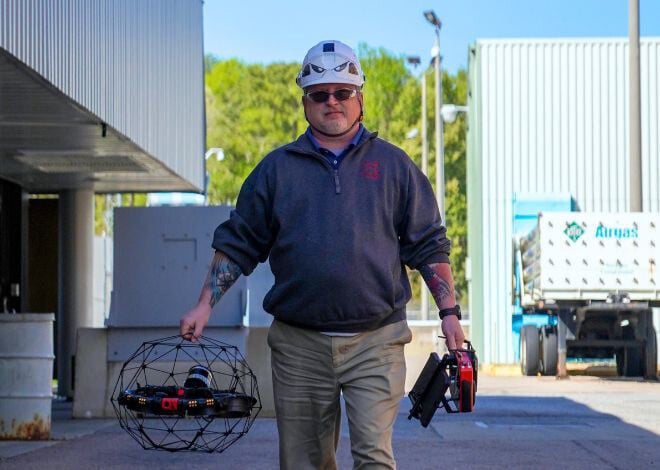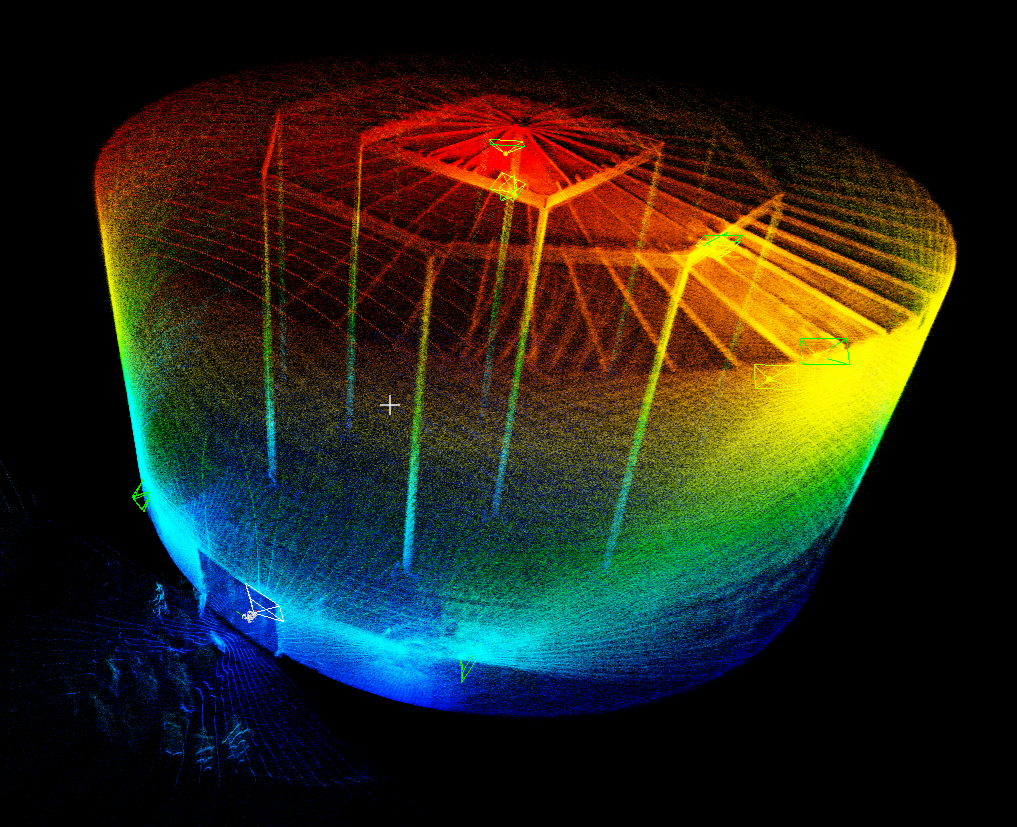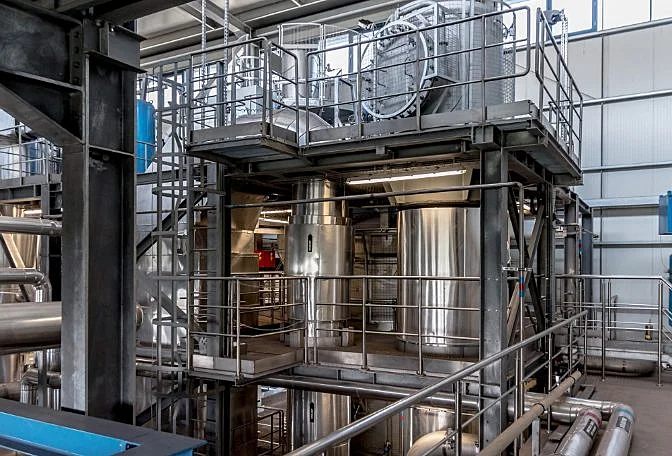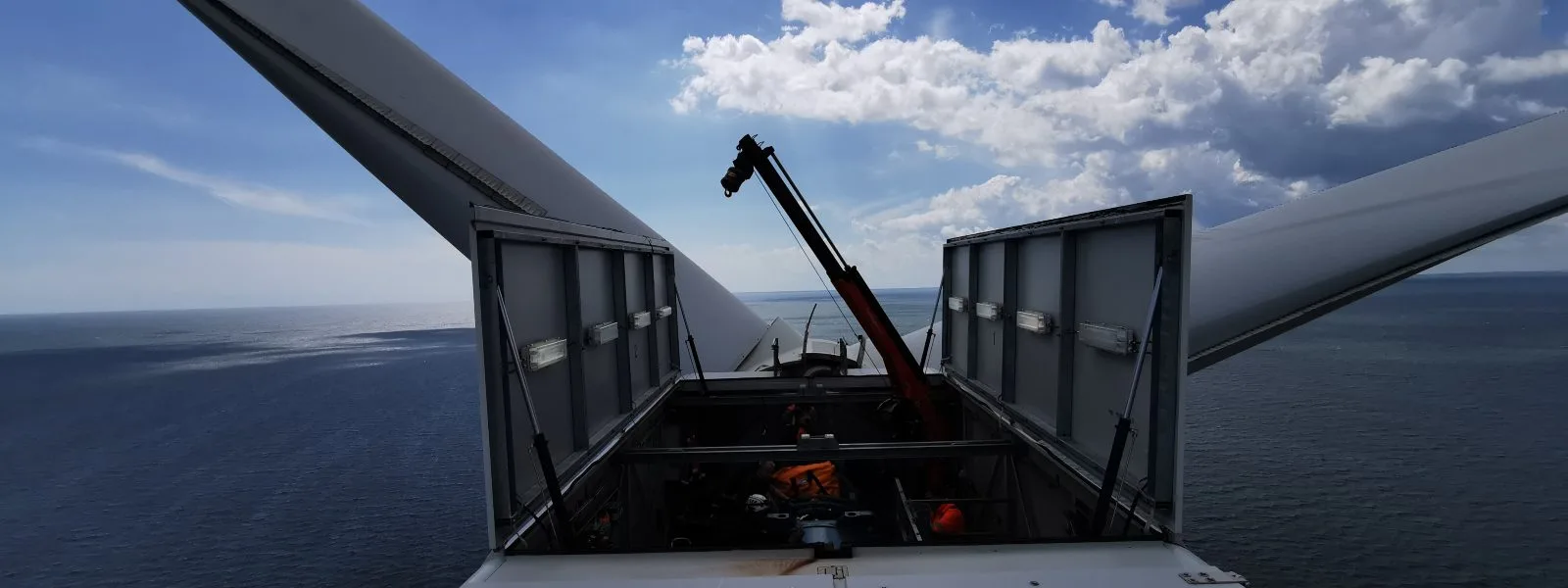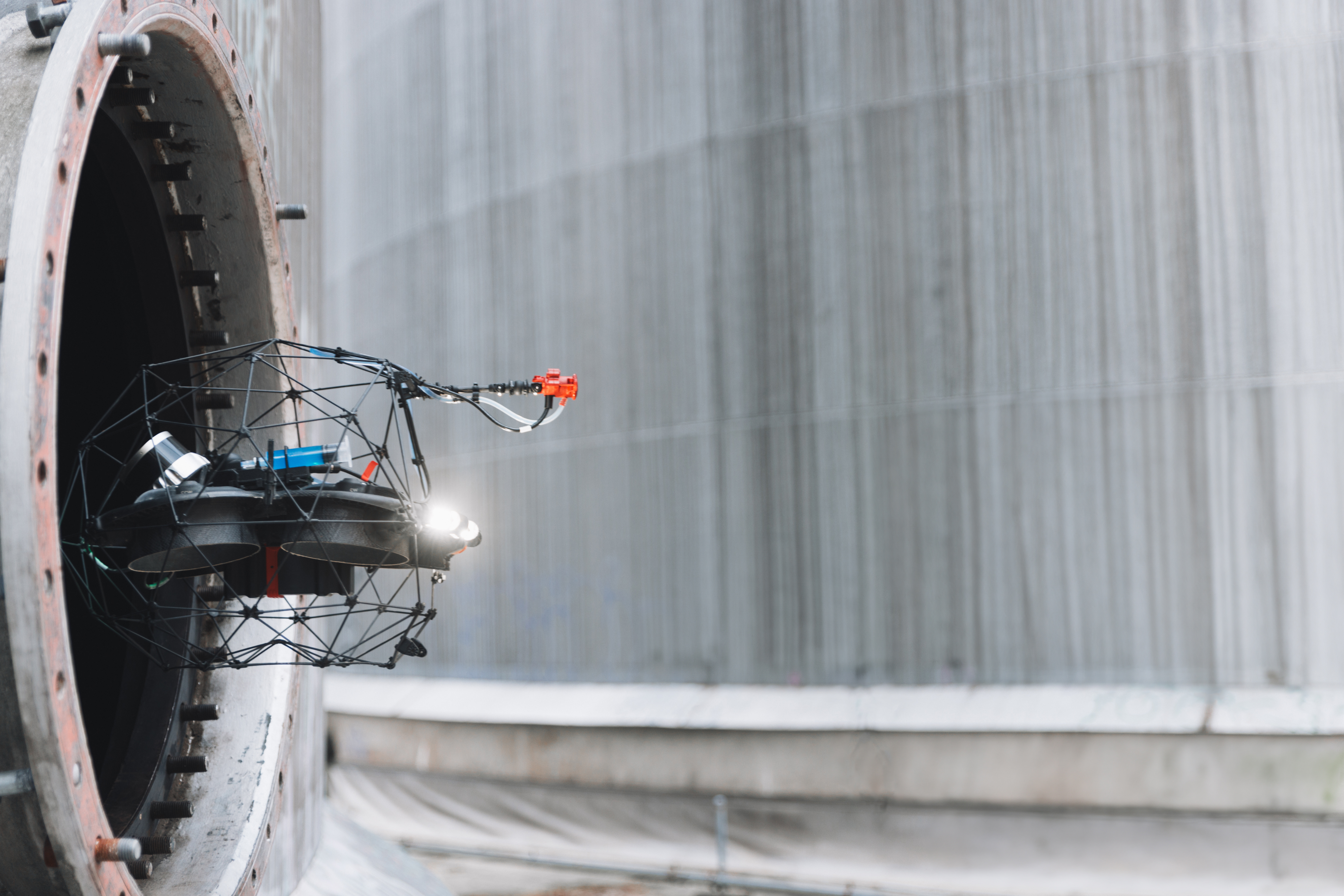- Blog >
- Getting PDRA Certified with the Elios 3 in Europe
Flyability talked to Eagle Swiss UAV about the new EU drone regulations and how to get certified
The European Union has gradually been updating and clarifying regulations around safe drone use in Europe. These rules are being set by the European Union Aviation Safety Agency (EASA), and they’re applicable in the 27 member states of the EU along with Iceland, Liechtenstein, Norway, and Switzerland. The regulations created by the EASA determine the level of certification and permissions a drone pilot must have ahead of a flight. The factors affecting what licenses and authorizations the pilot has depended on the mission’s proximity to people, restricted airspaces, the size of the drone, and the visual line of sight during flight, amongst other factors.
Flyability spoke to Eagle Swiss UAV, a drone service provider that uses the Elios 3 in Switzerland. Eagle Swiss UAV talked to us about how the rules have changed, their experience in getting certified with the PDRA and STS categories, and how it affects their work.
Let's get the interview started! Tell us about Eagle Swiss UAV and what you do.
“Eagle Swiss UAV is a drone inspection company that is based in Geneva, Switzerland. We operate across the country and we use different drones to offer tailored inspection services. This includes the Elios 3.
Our missions are incredibly varied, with some being specific asset inspections and others being reconnaissance flights or detailed visual inspections. We also work across the border in France from time to time. No two missions are the same, and we’ve enjoyed all of the ways we’ve seen drones used in the last 4 years of operation.”

Projects with the Elios 3 range from bridge surveys to tank inspections, and no two projects are identical
As a professional drone company, what certifications have you gotten to ensure you operate in compliance with EU regulations?
“So there are several different classifications of European drone regulations for the Elios 3. The use of drones is broken down into 3 key categories, which have sub-categories. There’s the open category for low-risk operations where the drone is in sight and lower than 120 meters - and then there are 3 layers of missions within this. Some of our missions fall into this category.
Specific categories are for advanced operations, such as flights over people or multi-drone fleets. This can also include missions we do with the Elios 3 - and here we do need to get authorization from some governing body to operate.
The final category is the certified class, which is for drone taxis and transport - we aren’t there with the Elios 3 yet!
There are 4 different ways to operate within the specific category, which is where it can get a bit confusing. The 4 operation methods are called standard scenario (STS), pre-defined risk assessment (PDRA), specific operation risk assessment (SORA), and light UAS operator certificate (LUC).
Eagle Swiss is certified for PDRA and STS methodologies.”

Different drones fall under different categories according to the EU regulations
Why did you select these specific certifications?
“When I looked into the licensing issue, I found that although SORA was very close to what I needed, it would present me with some difficulty.
For example, the cost and difficulty when obtaining it without a parachute being installed on the drone. The question was therefore if I needed SORA knowing that the majority of flights I had to make in the city center did not exceed an altitude of 20m.
With the PDRA, even if I have stricter altitude restrictions and the obligation to operate the drone in a controlled zone (without anyone outside the mission being able to cross the drone's operating perimeter), I finally have more freedom, and above all, I fly completely legally, especially when we are doing a sewer inspection and the exterior part of the flight only represents a few meters. It is a much simpler and more flexible mode of operation than SORA in my specific case.
I had to obtain the theoretical and practical STS certification to be able to operate missions according to the PDRA. This is very simple to obtain especially since much of what was covered in the certification was a repetition of my existing knowledge and methodology already in place. It also gave me new information on how to deal with people and the environment outside the drone. For example, how do you manage people crossing a bridge when the drone is flying underneath? What is the best way to communicate the situation to them? This is ideal for developing your drone and operational management skills.
Having multiple certifications also means I can deploy more quickly as I’m officially allowed to cover a wider range of missions.”
What is your opinion on the regulations overall?
“Of course, it’s never fun to adapt how you work. These certifications did not exist in the same way when we started using drones for inspections. But that in itself is a problem - without safe regulations, we can’t guarantee the safe use of the technology. We shouldn’t use drones for inspections if we can’t ensure they’re used correctly and won’t endanger people or aircraft. These certifications are necessary for keeping people safe. In addition, by learning new information and better understanding what constitutes a safe or unsafe flight, we can develop our knowledge as pilots.
With the certifications, I can operate professionally and safely. I know that people will also trust me to do my job the right way as they’ll see that I’m certified by the EASA.
The only problem I have is there was a slight waiting time to get my PDRA training so do be aware of that as you start to plan your certification!”
Thank you so much, Eagle Swiss UAV! We appreciate your time.
Interesting in learning more about outdoor compliance for your elios 3?
Flyability hosted a Q&A session on outdoor drone compliance in relation to the Elios 3. You can watch the recording of the session on our website by registering via this page.
If you’re looking to get certified with the PDRA, the Flyability team has a support package available with basic information and document templates, along with an option to purchase more detailed support if you need!
If you have any questions, please reach out to our team at regulation@flyability.com





